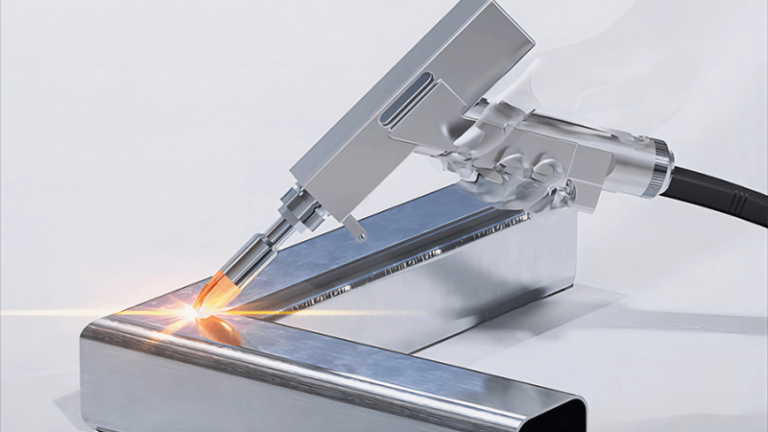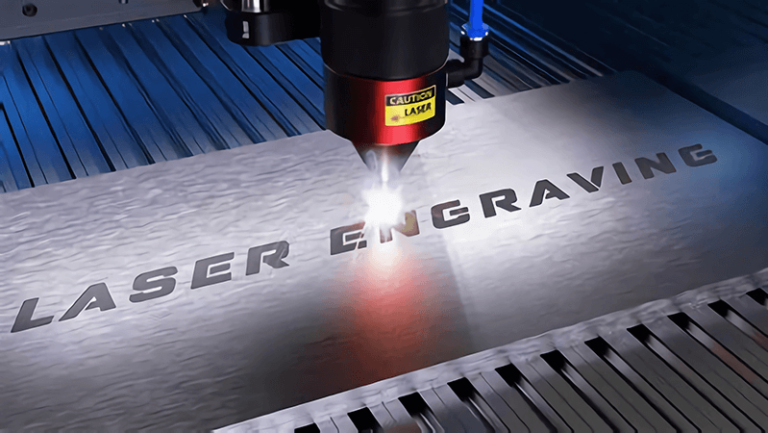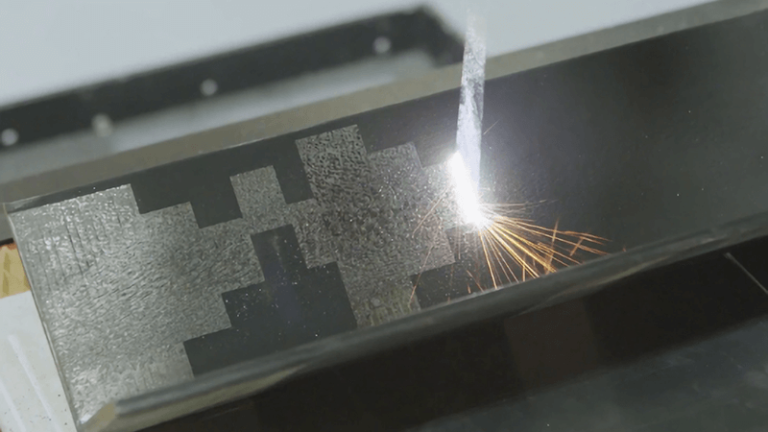Laser cutting machines are transforming modern manufacturing. Many factories still rely on outdated mechanical methods that are slow, wear down over time, and limit what they can produce. When production slows, opportunities slip away.
A laser cutting machine uses a focused beam of light to cut through materials with extreme accuracy and speed. This method eliminates tool wear, reduces maintenance, and creates cleaner cuts, making it ideal for both small workshops and large-scale production.
The way a laser beam interacts with different materials is fascinating. Each type of material behaves differently under intense, concentrated energy. Let’s break down what fiber laser cutting machines can really do.
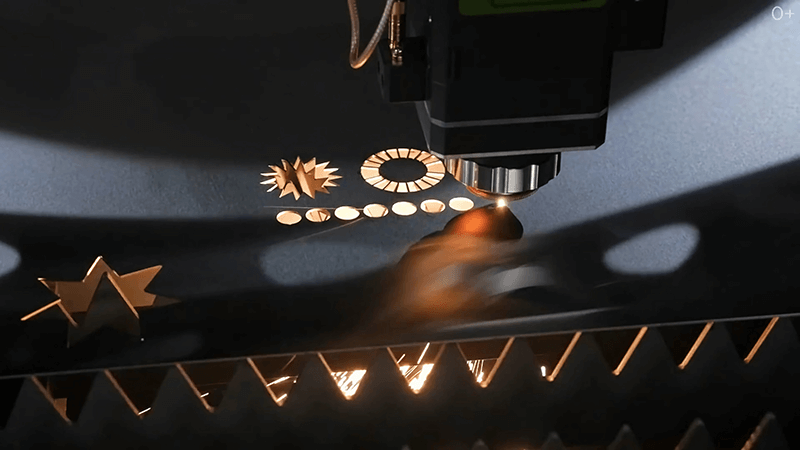
Can lasers cut through anything?
Many people imagine laser beams slicing through anything like in science fiction. In real life, there are physical limits. Understanding those limits helps set the right expectations for production.
Lasers can cut through a wide range of materials, but not absolutely everything. Fiber lasers excel at cutting metals like steel, stainless steel, aluminum, and copper. However, some materials reflect the beam or melt in unexpected ways, which can make cutting difficult or inefficient.
How laser cutting works with different materials
Laser cutting relies on absorption. When the laser beam hits the surface, the material absorbs the energy, heats up, and melts or vaporizes. A jet of gas blows away the molten material, leaving a clean cut. If a material reflects too much light, like pure copper, it can reflect the beam back into the machine. That is why fiber lasers with stable beam delivery and anti-reflection protection are crucial.
| Material | Fiber Laser Cutting Suitability1 | Notes |
|---|---|---|
| Stainless Steel | Excellent | Clean edges, fast speed, minimal maintenance |
| Carbon Steel | Excellent | Precise, stable cutting |
| Aluminum | Good | Requires higher power, reflective handling |
| Copper | Moderate | Needs specialized fiber laser with back-reflection safety |
| Non-metals (wood, etc.) | Poor | Fiber lasers are optimized for metals, not organic materials |
When I switched a client from an old CO₂ laser to a fiber laser for reflective stainless steel2, their cutting quality improved overnight. The CO₂ laser struggled with beam reflection and constant maintenance. The fiber laser, on the other hand, doubled their speed and eliminated post-processing. That change won them a major contract.
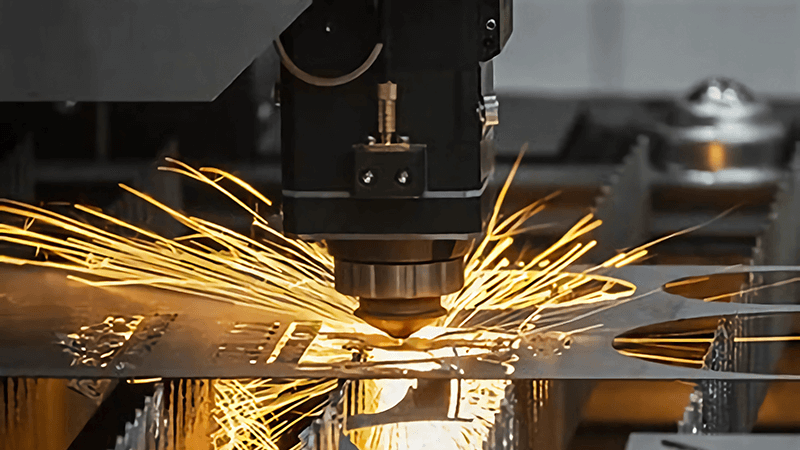
Can laser cutting cut metal?
This is the most common question I get from distributors and metal fabricators. The short answer is yes. In fact, fiber laser cutting is designed for metal.
Fiber laser cutting machines can easily handle metals like carbon steel, stainless steel, and aluminum. The solid-state beam source delivers stable, high-density energy that penetrates even thick plates. For most metal workshops, this means faster production, smoother edges, and less maintenance compared to mechanical cutting or CO₂ lasers.
Why fiber lasers excel at cutting metal
The key lies in how fiber lasers3 generate and deliver the beam. The laser source transmits through a flexible fiber cable, keeping beam quality stable over time. There are no mirrors to align, no moving optics to maintain. This zero-maintenance design is what keeps production running with minimal downtime.
| Metal Type | Cutting Speed (Typical) | Edge Quality | Required Power |
|---|---|---|---|
| Mild Steel | Very Fast | Smooth, precise | Medium |
| Stainless Steel | Fast | Clean, no burrs | Medium–High |
| Aluminum | Moderate | Smooth, reflective | High |
I’ve used fiber laser machines daily in metal fabrication4 shops. The beam stability and lack of alignment work mean I can focus on production, not repairs. It just works.
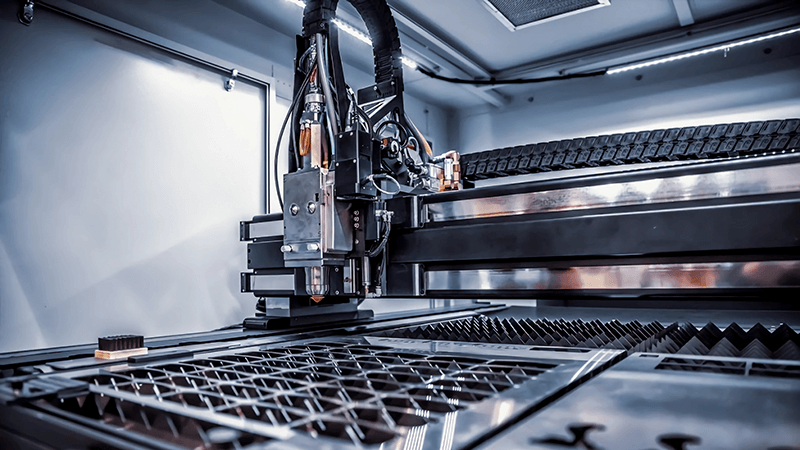
Which materials can be laser cut?
Not all materials behave the same way under a laser beam. Knowing which ones are compatible saves time, money, and frustration.
Fiber lasers are optimized for metals. They can cut steel, stainless steel, aluminum, brass, and copper with proper power and setup. They are not ideal for wood, plastics, glass, or ceramics. For those materials, CO₂ or other laser types are better.
Matching materials with the right laser technology
| Material | Fiber Laser5 | CO₂ Laser6 | Best Use Case |
|---|---|---|---|
| Stainless Steel | ✅ | ✅ | Fiber for speed and edge quality |
| Carbon Steel | ✅ | ✅ | Fiber for efficiency |
| Aluminum | ✅ | ⚠️ | Fiber with high power and reflection control |
| Copper | ✅ (with precautions) | ⚠️ | Fiber with back-reflection protection |
| Wood | ❌ | ✅ | CO₂ for engraving and cutting |
| Plastics | ❌ | ✅ | CO₂ for clean cuts |
| Glass/Ceramics | ❌ | ⚠️ | Specialized lasers needed |
I often tell clients that the key is not “Can the laser cut it?” but “Which laser is best for it?” Fiber lasers dominate the metal sector, while CO₂ covers organics. Choosing the right type saves both headaches and costs.
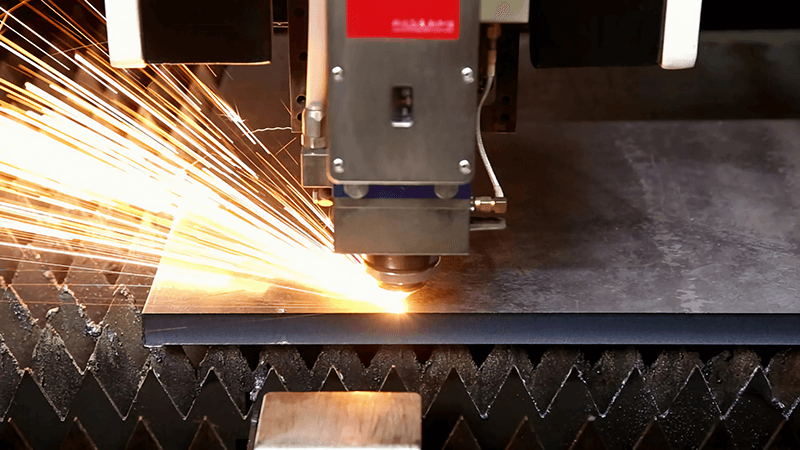
Will a laser cut copper?
Copper is a tricky material. Its high reflectivity and thermal conductivity make it difficult for many laser systems, especially older CO₂ machines. Fiber lasers handle copper better, but you still need the right setup.
Yes, a fiber laser can cut copper. Modern fiber laser machines have anti-reflection protection to prevent backscatter from damaging the source. High power levels and proper gas flow are essential for clean edges. For thicker copper, more advanced beam control improves stability.
How to cut copper effectively with fiber lasers
| Thickness | Required Power | Notes |
|---|---|---|
| ≤1 mm | Low–Medium | Clean cuts, good for signage and thin parts |
| 1–3 mm | Medium–High | Needs good gas assist, controlled parameters |
| >3 mm | High | Specialized setup, slower cutting speed |
I’ve seen many workshops fail to cut copper7 using the wrong laser. Once they switched to a fiber laser8 with proper reflection protection, their results improved dramatically. Edges came out smooth, and production became consistent.
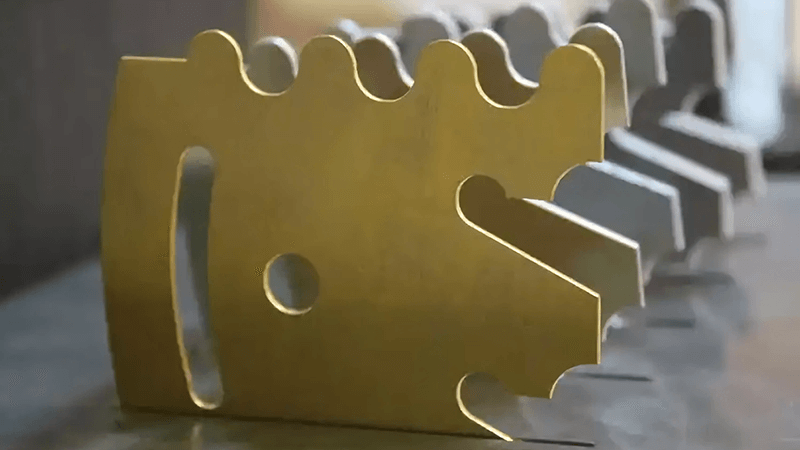
Can you laser cut aluminium?
Aluminum is another reflective metal, but it is more manageable than copper. It reflects part of the laser beam and has high thermal conductivity, so it requires more power and precision.
Yes, fiber laser cutting machines can cut aluminum effectively. With the right power and settings, you can achieve smooth edges and fast speeds. Many manufacturers now use fiber lasers for aluminum components in automotive and aerospace industries.
What to consider when cutting aluminum
| Thickness | Recommended Power | Cutting Speed | Notes |
|---|---|---|---|
| ≤2 mm | Medium | Fast | Clean cuts, good finish |
| 2–6 mm | High | Moderate | Need stable beam and gas assist |
| >6 mm | Very High | Slower | Advanced setup required for clean edges |
Aluminum requires stable beam quality9. That is why I rely on fiber lasers. Their solid-state design delivers consistent power even during long shifts. I’ve cut aluminum parts for clients who needed tight tolerances, and fiber lasers10 made it easy.
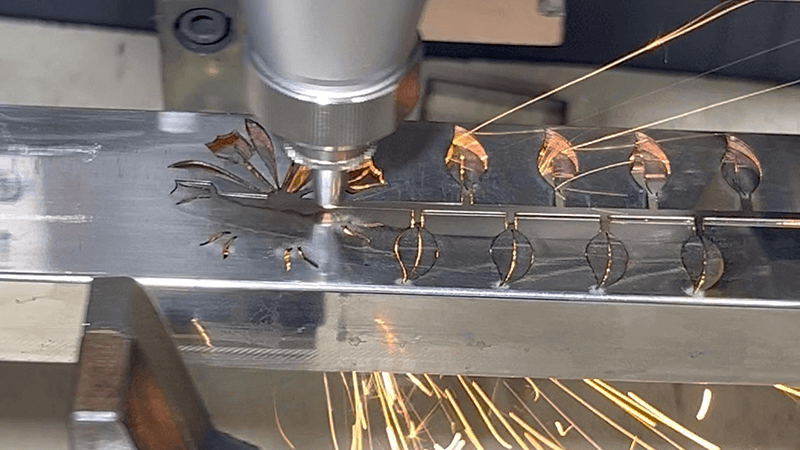
Conclusion
Fiber laser cutting machines 11 are powerful tools for modern metal fabrication. They excel at cutting steel, stainless steel, aluminum, and even challenging materials like copper when used correctly. Their beam stability, zero-maintenance design, and precision make them the preferred choice for manufacturers worldwide. By understanding which materials work best and how to set up the machine, we can unlock their full potential and deliver reliable, clean, and efficient results every time.
-
Discover how fiber lasers enhance cutting quality, speed, and efficiency across various materials, offering insights into their industrial applications. ↩
-
Learn effective techniques for cutting reflective stainless steel to achieve high-quality results and avoid common pitfalls. ↩
-
Explore this link to understand how fiber lasers enhance efficiency and precision in metal cutting processes. ↩
-
Discover insights on how modern laser technology revolutionizes metal fabrication, improving quality and speed. ↩
-
Explore the benefits of Fiber Laser technology to understand its efficiency and quality in metal cutting. ↩
-
Learn about the materials that work best with CO₂ Lasers for optimal engraving and cutting results. ↩
-
Discover expert tips and techniques to achieve smooth, consistent cuts on copper using fiber lasers, enhancing your workshop's efficiency and output quality. ↩
-
Explore this link to understand how fiber lasers enhance cutting efficiency and quality for copper. ↩
-
Understanding the significance of stable beam quality can improve your cutting processes and outcomes. ↩
-
Explore the advantages of fiber lasers for aluminum cutting, including precision and efficiency, to enhance your projects. ↩
-
FInd the best laser cutting machines and laser cutting solutions from Kirin Laser, clicking this link to get all your needs for your businesss. ↩


